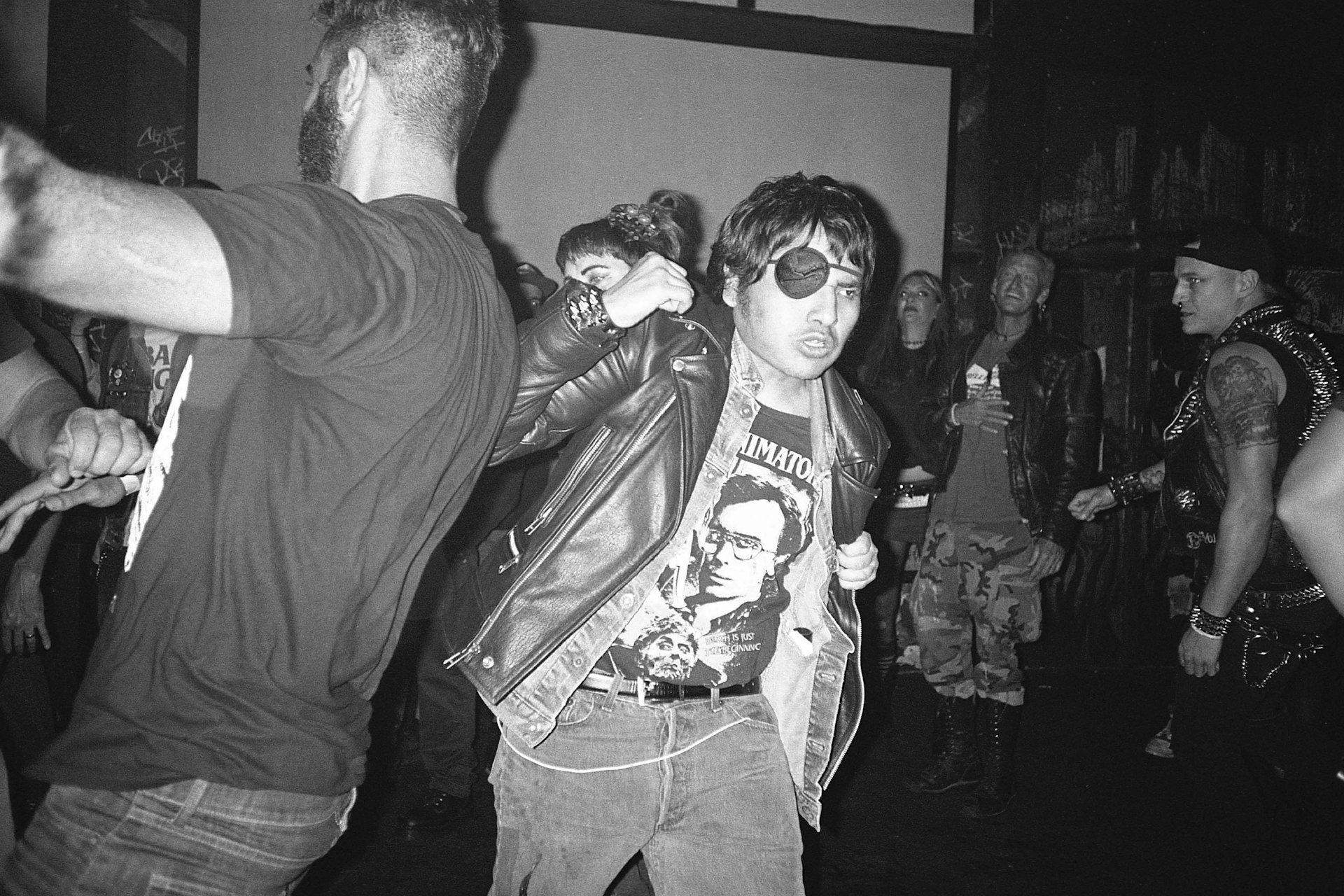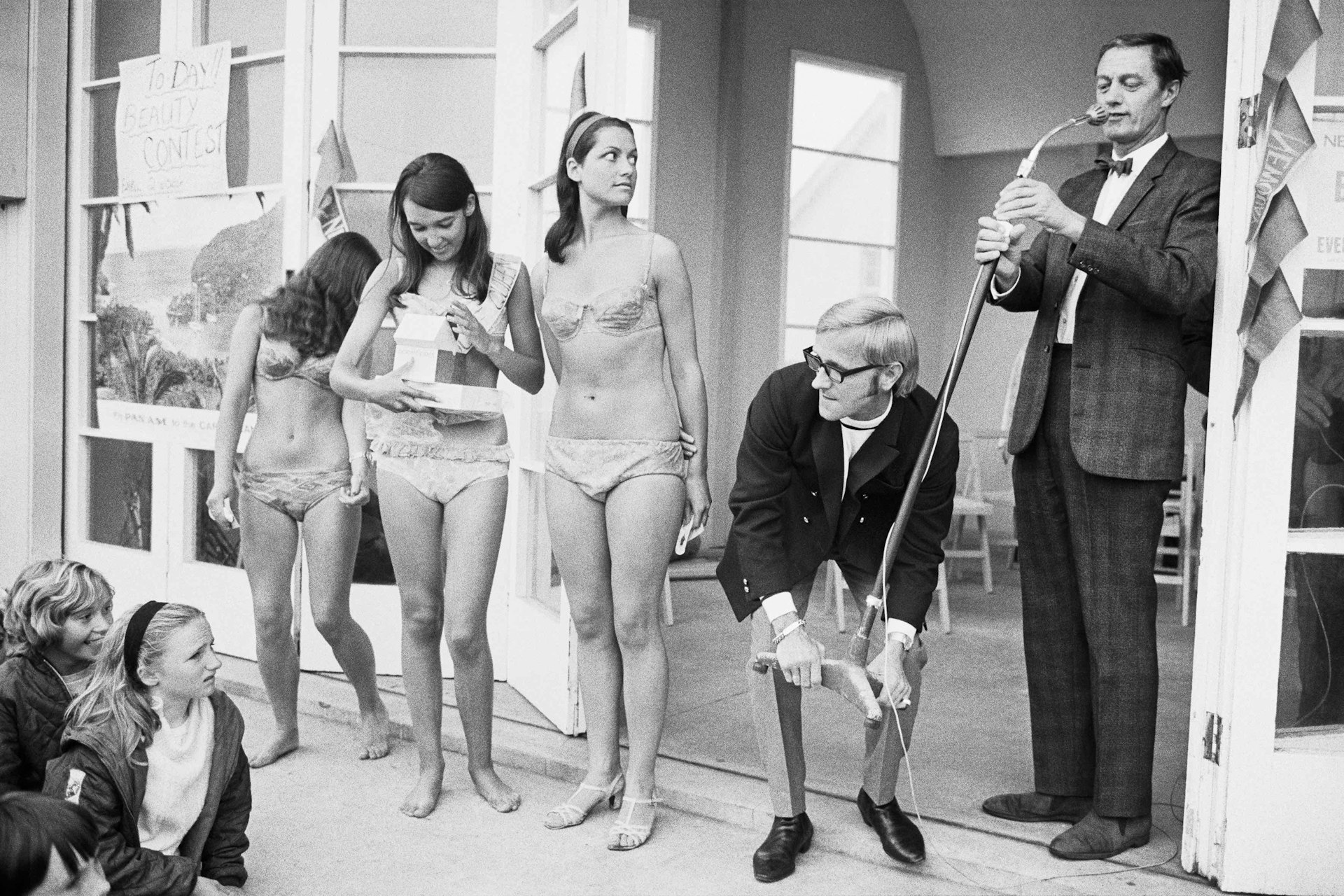
A street photographer’s take on 1960s Britain
- Text by Miss Rosen
- Photography by Tony Ray-Jones/National Science, Media Museum/Science, Society Picture Library
At the tender age of 19, British photographer Tony Ray-Jones arrived in America to study graphic design at the Yale University School of Art. The year was 1961, and it didn’t take long for him to pick up the camera and get to work. A year later he moved to New York to attend art director Alexey Brodovitch’s Design Lab, alongside street photographers like Joel Meyerowitz, who he befriended.
When Ray-Jones returned to Britain in 1965, the country was undergoing rapid change and becoming much more liberal. Fashion photographers like David Bailey, Terence Donovan, and Brian Duffy, as well as photojournalists Don McCullin and Philip Jones-Griffiths, dominated the media, inspiring Ray-Jones to carve out his own niche. He decided to do this by bringing New York street photography to the seaside of England.
“There was a fluidity and freedom to street photography in the US which was missing in British photography at this time,” says photographer Tom Groves. Along with Louis Little, head of production at the Martin Parr Foundation, he co-curated the new exhibition The English Seen by Tony Ray-Jones, which presents never-before-seen black and white works documenting the traditional English social scene between 1966-1969.
“English life was still well and truly steeped in tradition, which Ray-Jones was all too familiar with having experienced the complexities of the British class system throughout his childhood,” Groves says.
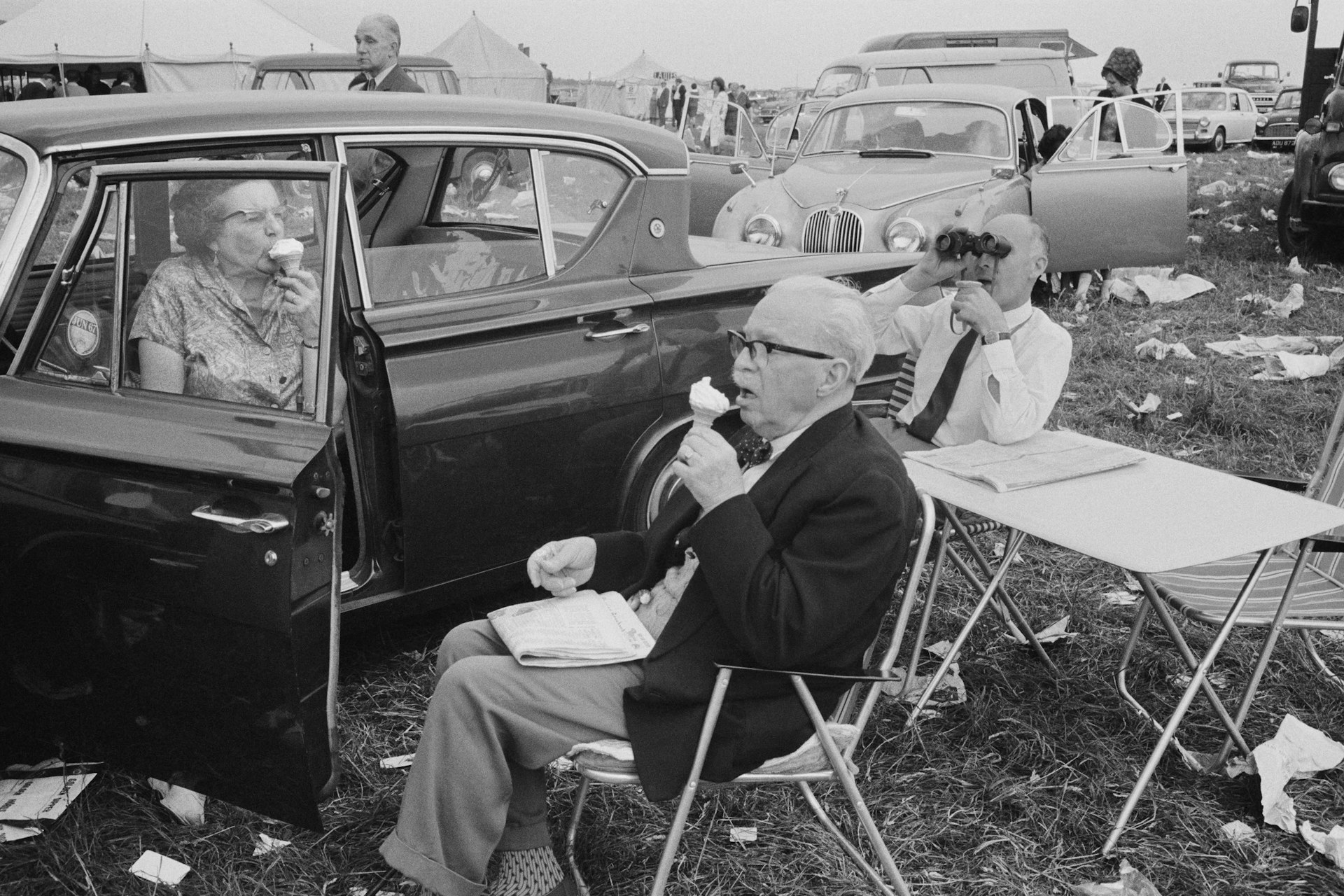
Derby Day, Epsom, c. 1967
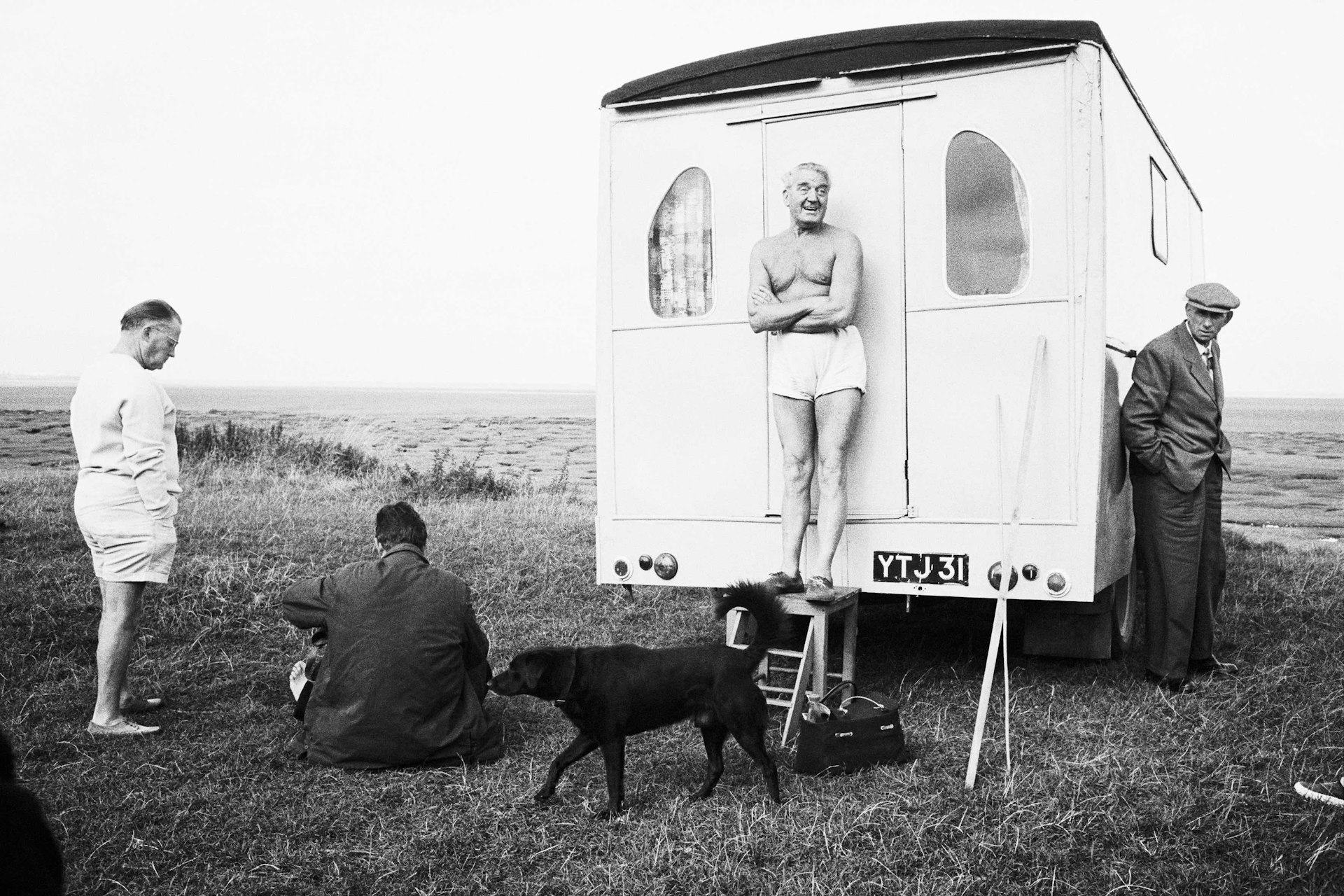
Morecombe, c. 1967
“When Ray-Jones returned to Britain, he re-invented a lot of what he had learned in the U.S., adding a wicked sense of humour in order to capture the eccentricities of the British. Part of is genius lay in his ability to recognise the potential of the English at play on the beach. His photographic ability lies in being able to render incredibly complex scenes of chaos into perfect sense.”
In Ray-Jones’s photographs, we are drawn into the quiet dramas of everyday life, observing the exchanges between people that rise and fall in the blink of an eye. Frozen in time, we witness exaggerated displays of English character, like stoicism, snobbery, eccentricity and gentleness – all rendered with Ray-Jones’s wicked wit.
Although Ray-Jones was motivated to document the long-standing social customs before they disappeared, many of the events he photographed, like the Chelsea Flower Show, Derby Day, Ascot, Glyndebourne and Henley Regatta continue on to this very day.
“Ray-Jones managed to capture the contrast between old and new during his very short career, by covering traditional events and contemporary life as it unfolded around him,” adds Little. “Perhaps the only thing that’s really changed is the way in which we go about enjoying these aspects of British life.”
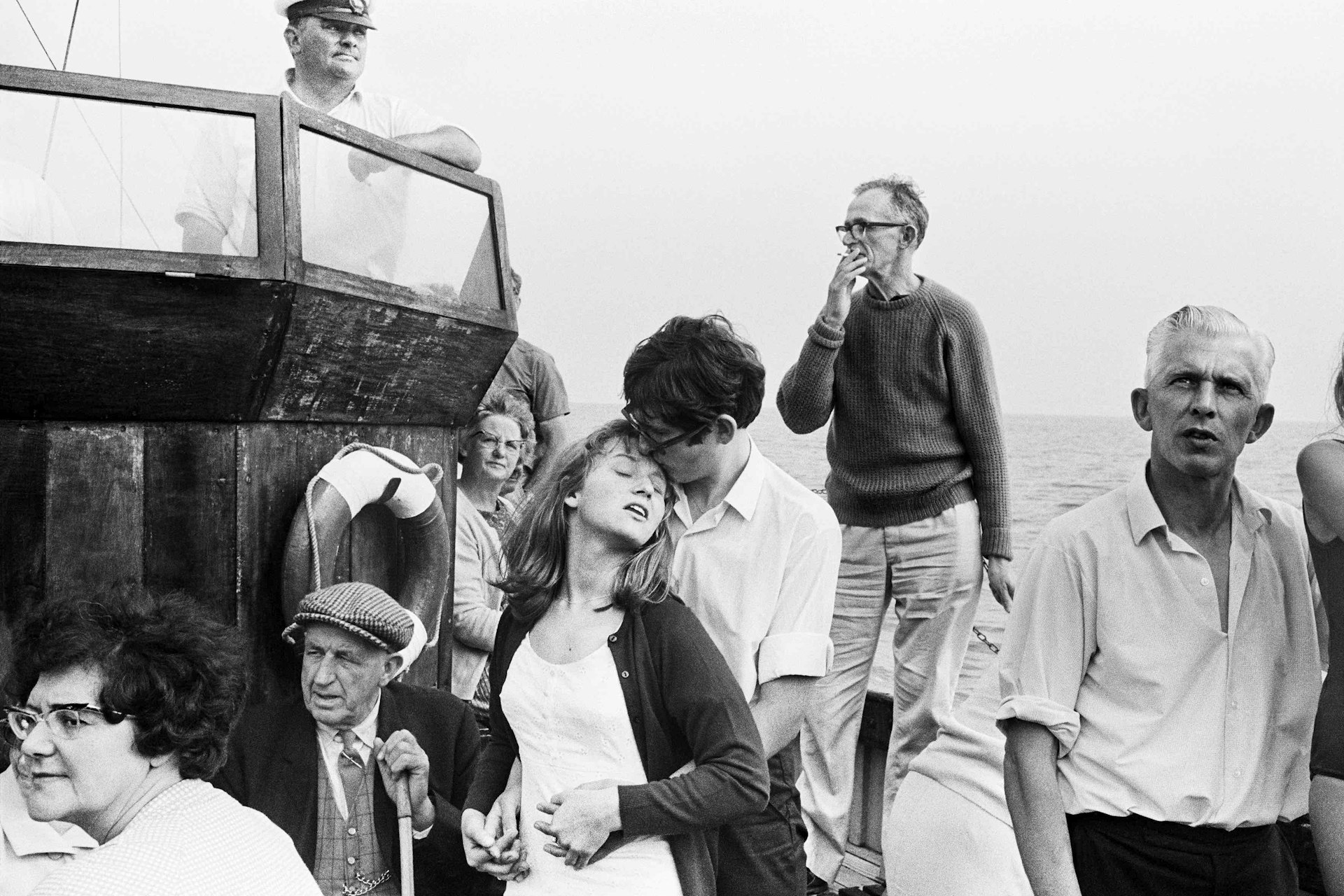
Beachy Head boat trip, 1967
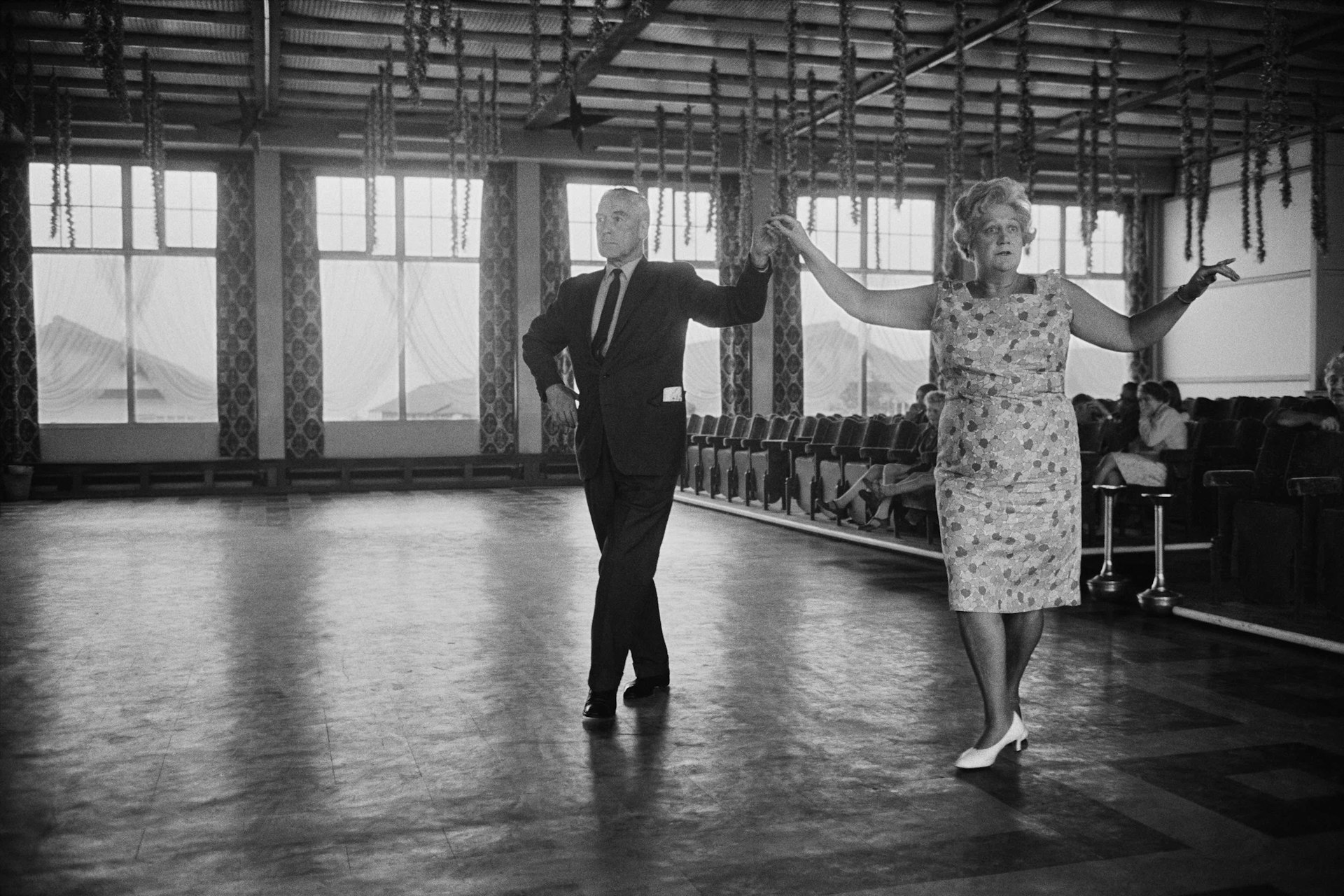
Butlins Holiday Camp, Clacton-on-sea, 1968
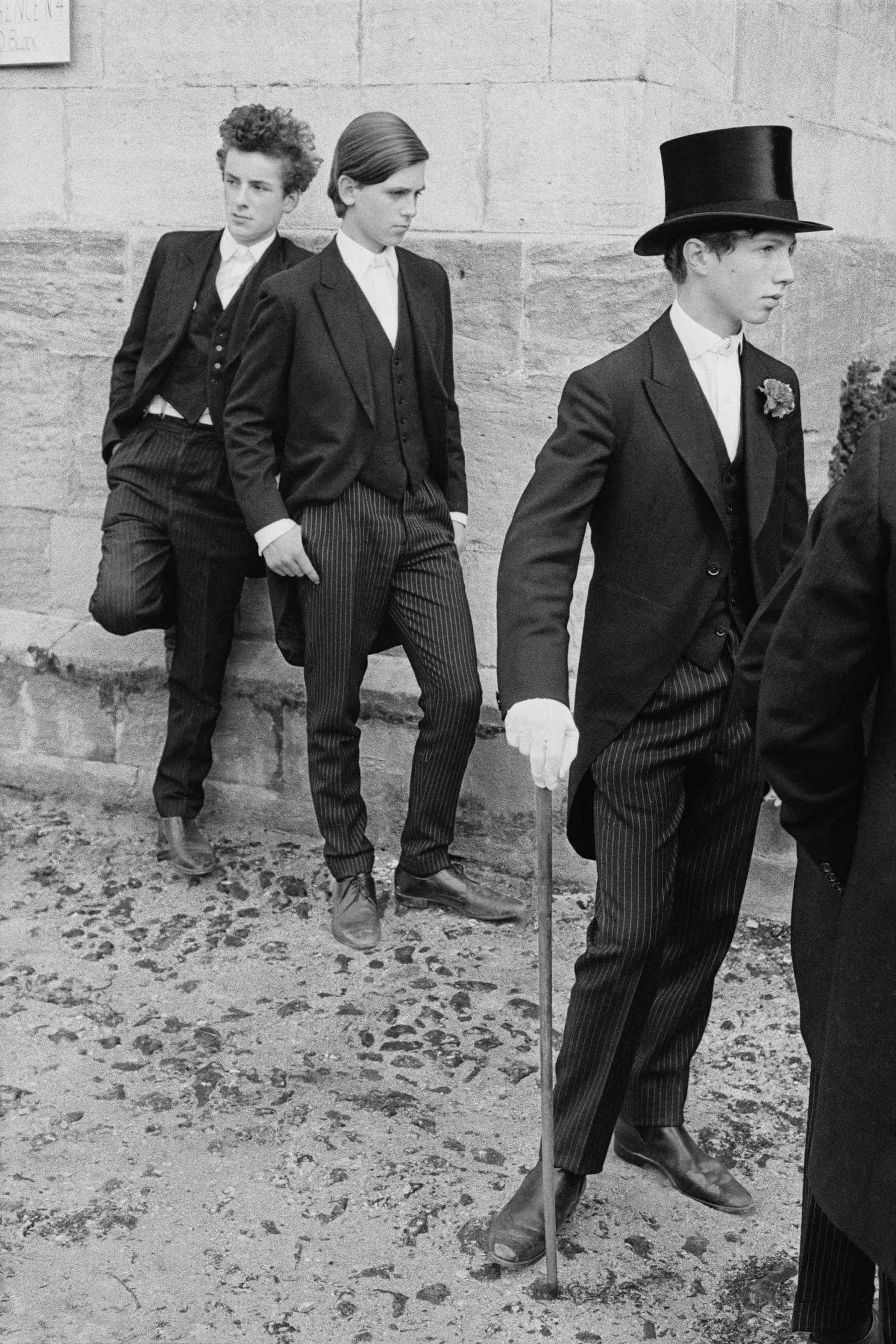
Eton, 1967
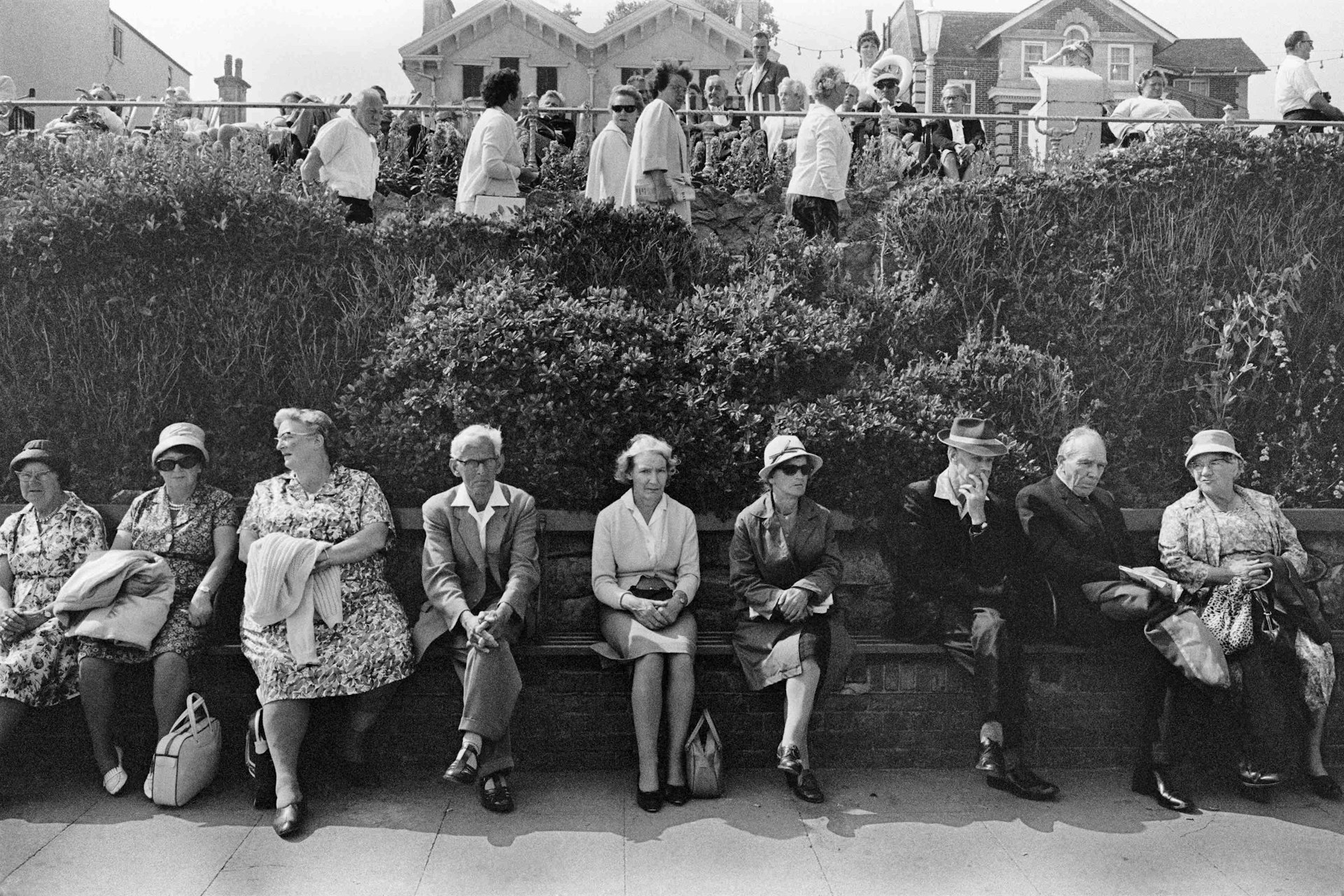
Unknown circa late 1960s
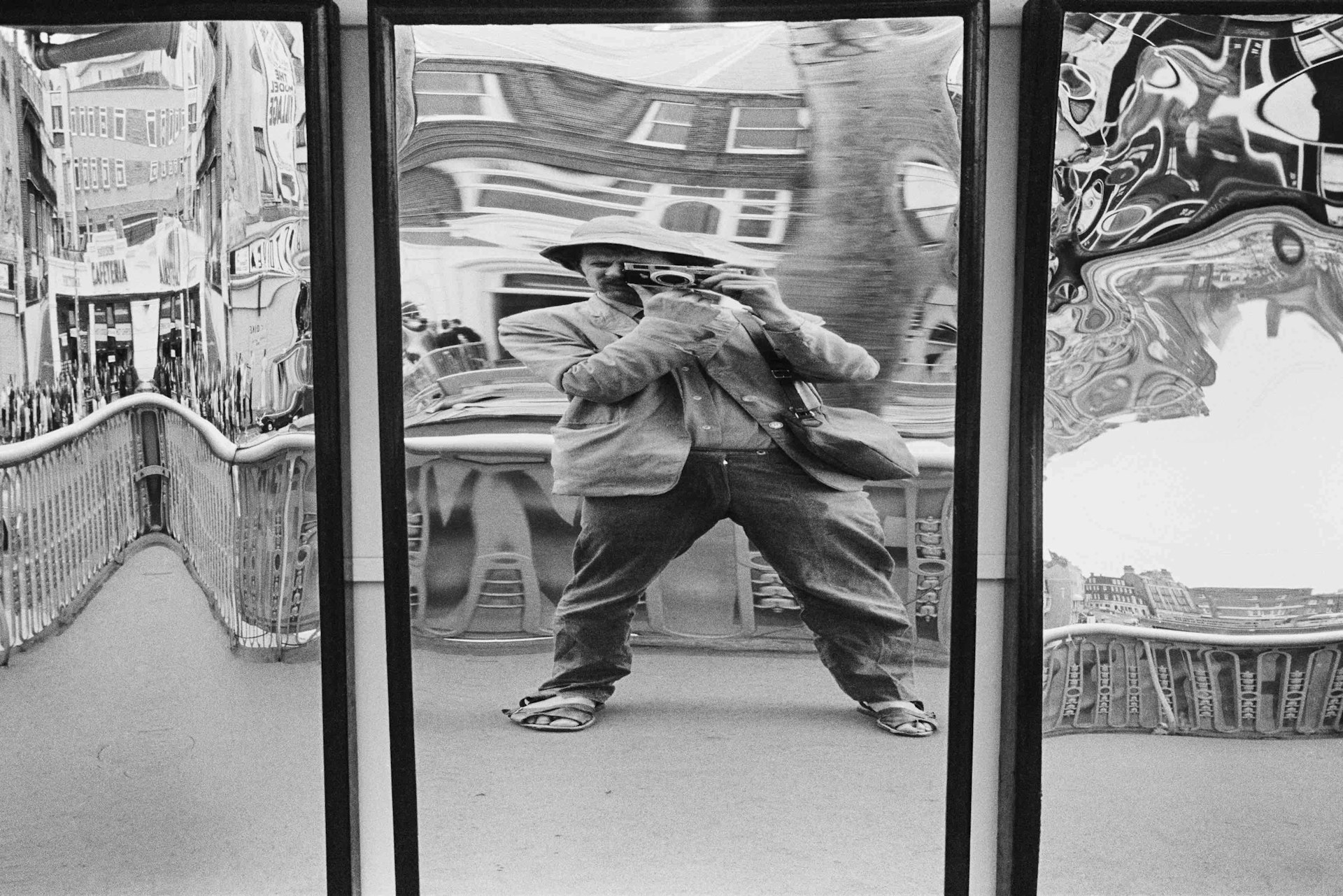
Self-portrait, late 1960s
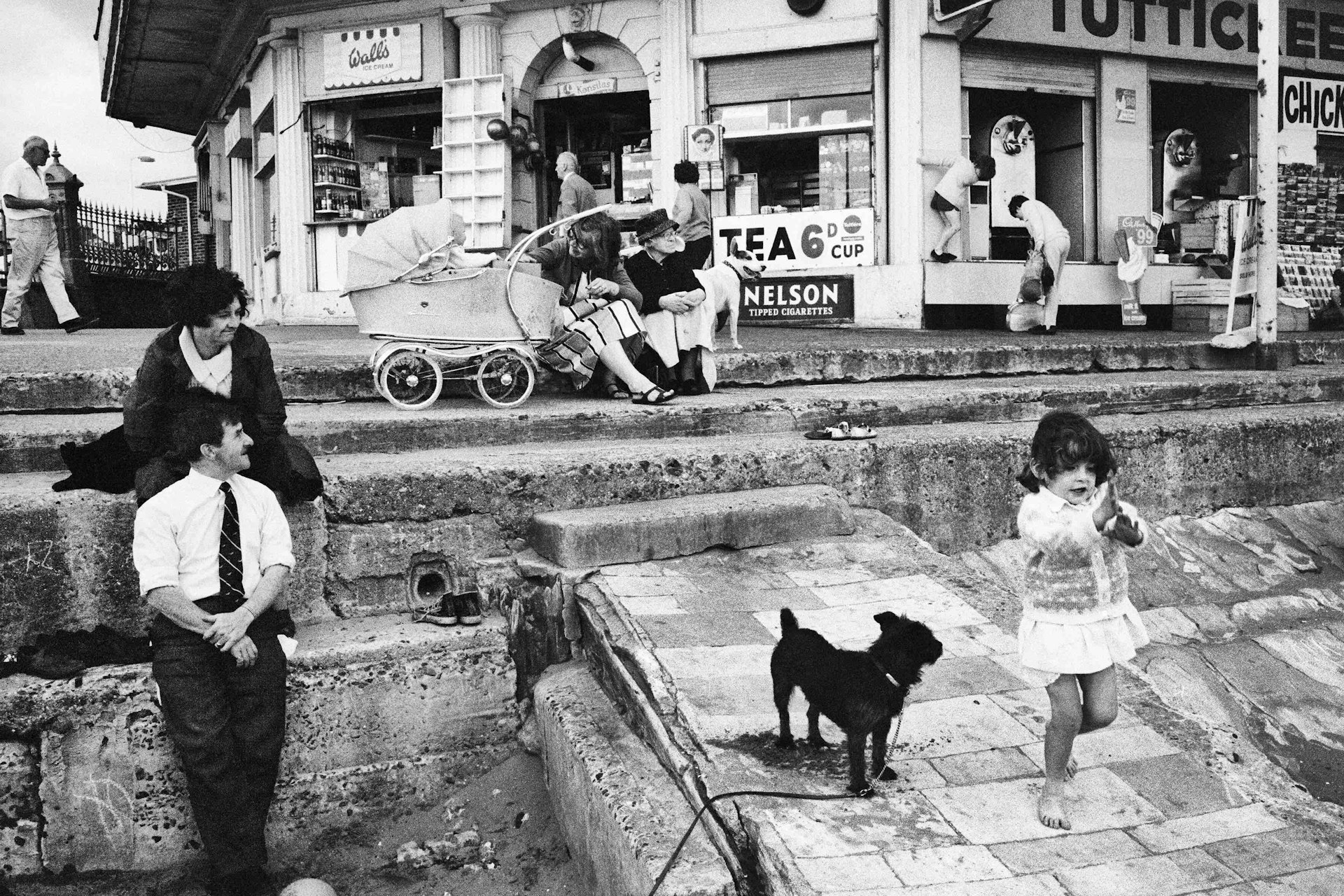
Ramsgate, c. 1968
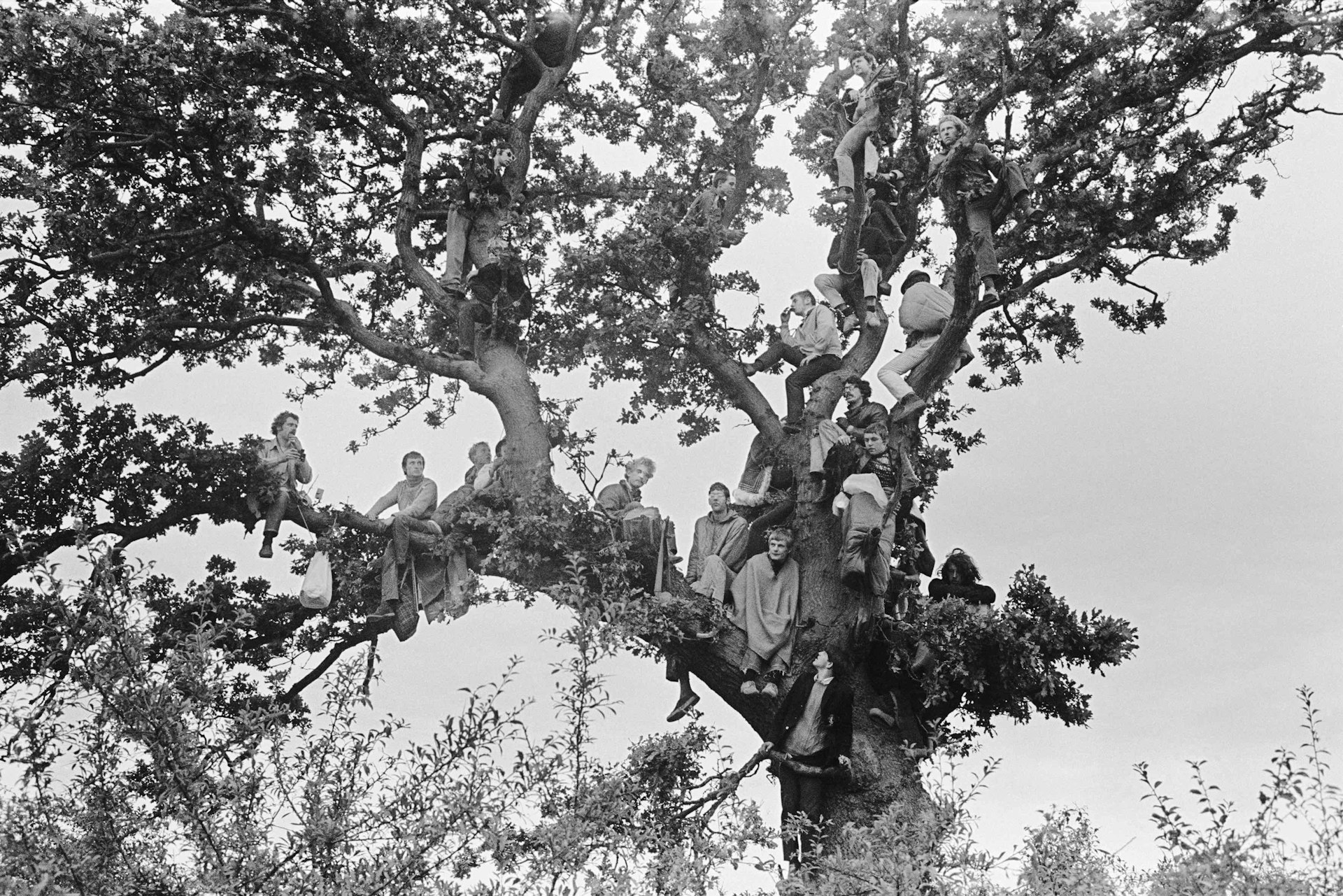
Isle of Wight Festival, c.1968
The English Seen by Tony Ray-Jones is at the Martin Parr Foundation in Bristol, England, from October 16 – December 21, 2019. The exhibition opens in conjunction with the publication of Tony-Ray Jones (RRB Photobooks/ Martin Parr Foundation).
Follow Miss Rosen on Twitter.
Enjoyed this article? Like Huck on Facebook or follow us on Twitter.
